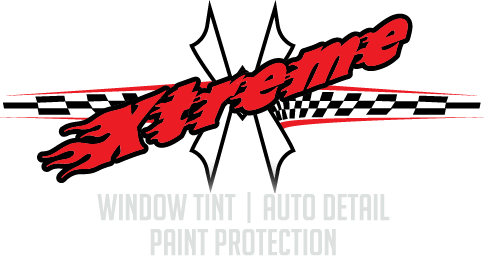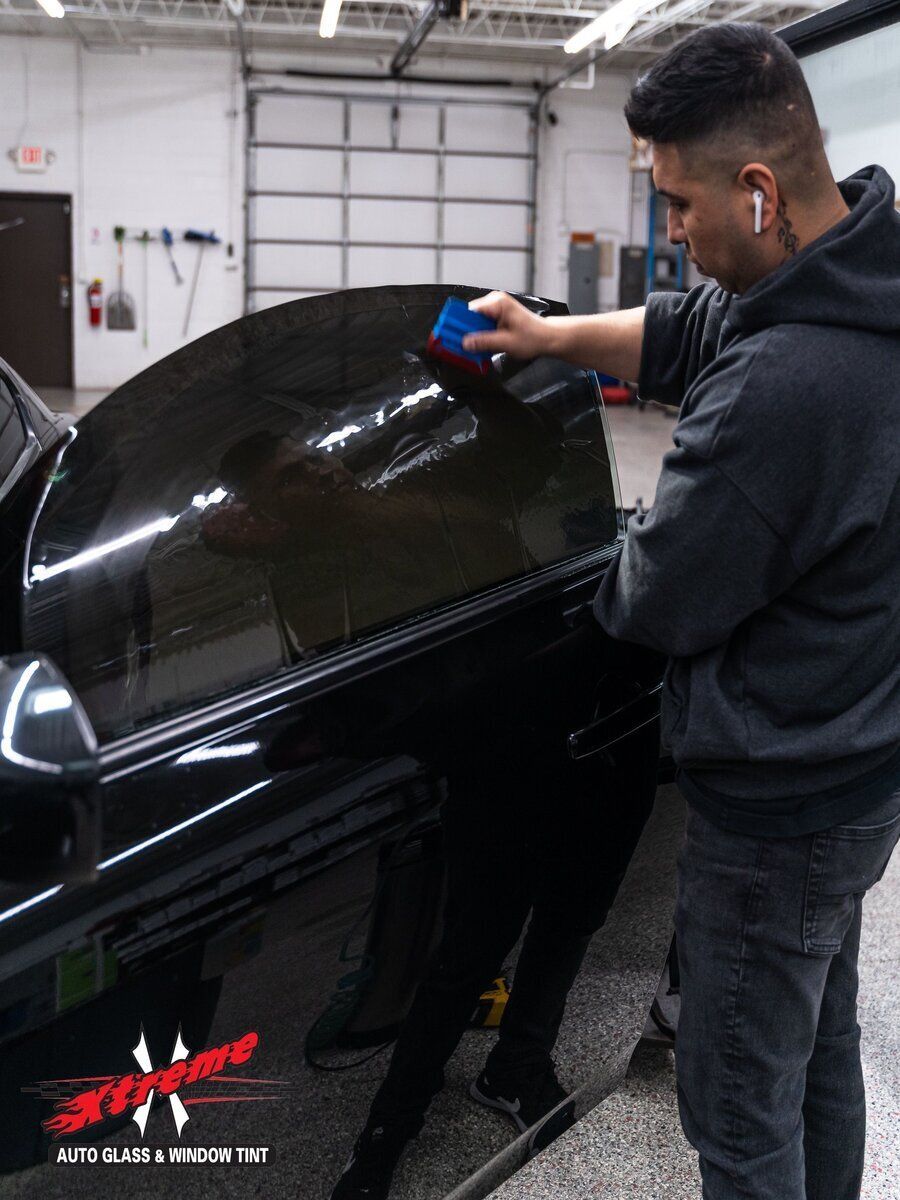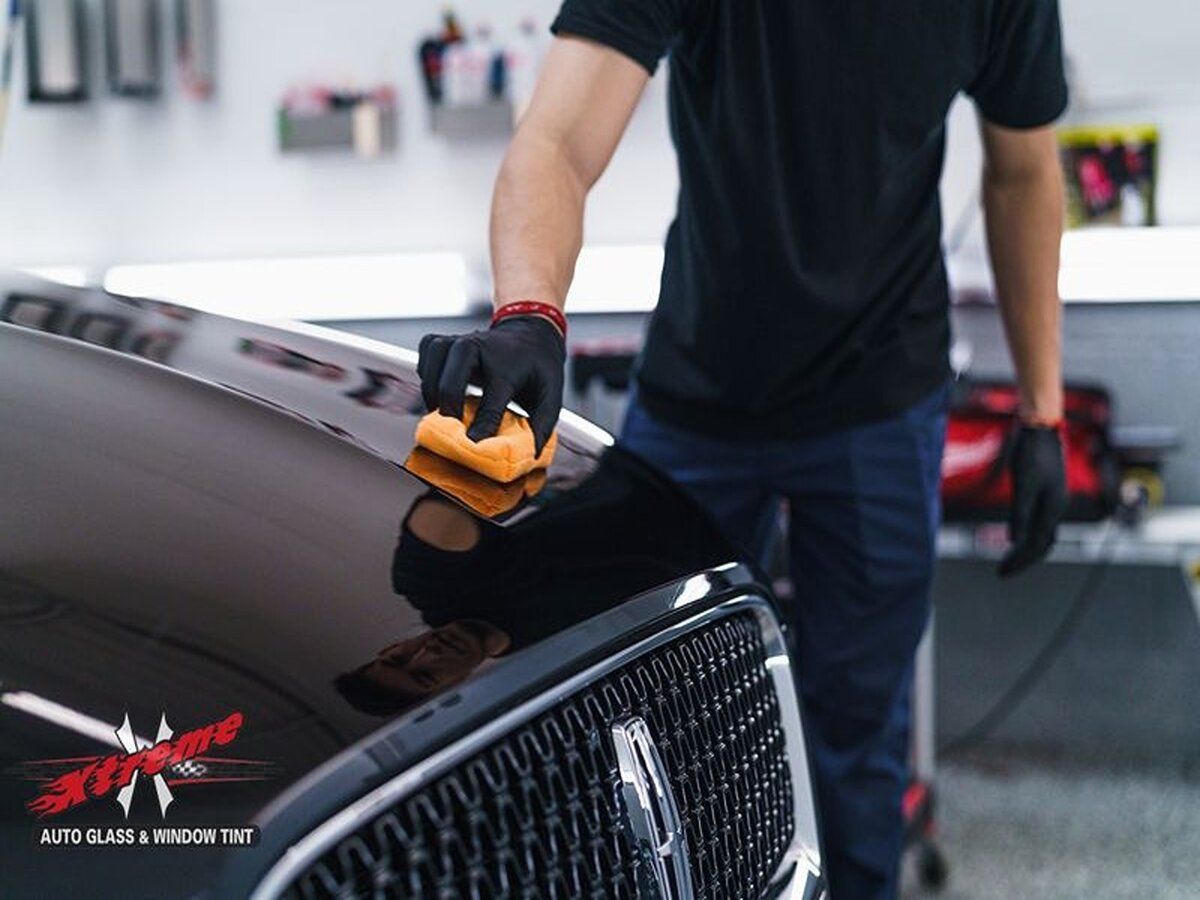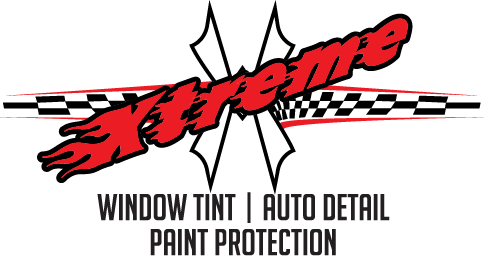When To Protect Or Replace An Old Ceramic Coating On A Car
Ceramic coatings have revolutionized car care by providing a long-lasting and highly effective protective layer for your vehicle's paintwork. They offer superior resistance to environmental contaminants and UV rays, all while giving your car that coveted glossy finish. However, like any protective measure, ceramic coatings are not invincible and require maintenance. In this blog, we'll explore when it's best to protect or replace an old ceramic coating on your car to ensure your vehicle continues to shine and stay protected.
Identifying Aging Ceramic Coatings
As time goes by, the ceramic coatings on cars may start to show signs that they need to be replaced. It's important to be able to identify these signs so that proper care can be taken to maintain or replace the coating as needed. One common sign of an aging ceramic coating is a decrease in its hydrophobic properties. Over time, the water-repellent effect may add an extra layer of protection to your vehicle's exterior. These products are designed to repel water, dirt, and other contaminants, making it easier to keep your car looking clean and shiny. Additionally, they provide UV protection, which helps to prevent fading, resulting in less effective water beading and sheeting on the surface of the car. This could indicate that the protective properties of the coating are wearing off, and it might be time for maintenance or replacement.
Another way to identify an aging ceramic coating is through its diminished gloss and shine. As the coating ages, it may lose its luster and become duller in appearance. This can occur due to exposure to environmental factors such as sunlight or harsh weather conditions. If you notice that your car's coating has lost its vibrant shine and depth, it could be a sign that it needs some attention.
It's worth mentioning that even top-quality ceramic coatings will eventually age and wear off over time due to constant exposure to external elements. The rate at which this happens can vary depending on factors such as the quality of the initial application, regular maintenance routines, environmental conditions, and usage habits.
Identifying Faded Coatings
Over time, ceramic coatings can also experience fading, which can affect the overall appearance of your car. Faded coatings often exhibit a dull and lackluster look compared to their original vibrant finish. This fading can occur due to prolonged exposure to UV rays from the sun, harsh weather conditions, or improper maintenance.
One way to identify faded coatings is by comparing the color consistency across different parts of the car's surface. If you notice variations in color or areas that appear lighter or darker than others, it could be a sign of fading in the ceramic coating. This discoloration can be particularly evident on cars with darker paint colors.
In addition to visual cues, you may also notice reduced water repellency on faded coatings. The once-effective hydrophobic properties may weaken over time due to UV exposure. Instead of water beading up and rolling off easily, it may flatten out and linger on the surface instead. It's important to note that if your ceramic coating has faded significantly, it may not provide sufficient protection against contaminants and UV damage. In such cases, it's recommended to consider replacing the coating to restore the desired level of protection and aesthetics. Understanding how to identify faded coatings is crucial for determining when it's time to take action in order to maintain your car's appearance and protection.
Recognizing cracked coatings
Recognizing cracked ceramic coatings on your car is crucial for maintaining its appearance and protection. Over time, ceramic coatings may develop cracks due to wear and tear, improper application, or exposure to extreme conditions. These cracks not only compromise the aesthetics but also diminish the coating's ability to protect the underlying paintwork. So, how can you recognize cracked coatings?
- Appearance of fine lines or fissures on the surface: These cracks usually form linear patterns and can be seen upon close inspection. Additionally, you may notice areas where the coating has started to peel or flake off, indicating that it is no longer adhering properly to the paint. To further assess the condition of the ceramic coating, you can perform a water bead test. Sprinkle some water on the coated surface and observe how it behaves. If the water does not bead up and roll off as smoothly as before, it could be an indication that the coating has deteriorated and needs attention.
- Evaluating how well the coating repels dirt, dust, and other contaminants: If you notice that these substances are no longer easily washed off during routine cleaning, it may be an indication that the ceramic coating has lost its hydrophobic properties due to cracking.
If you suspect that your ceramic coating is cracked or compromised in any way, it is recommended that you consult with a professional detailer or automotive expert. They can provide a thorough assessment and recommend appropriate steps for repair or replacement.
Protection Strategies for Old Ceramic Coatings
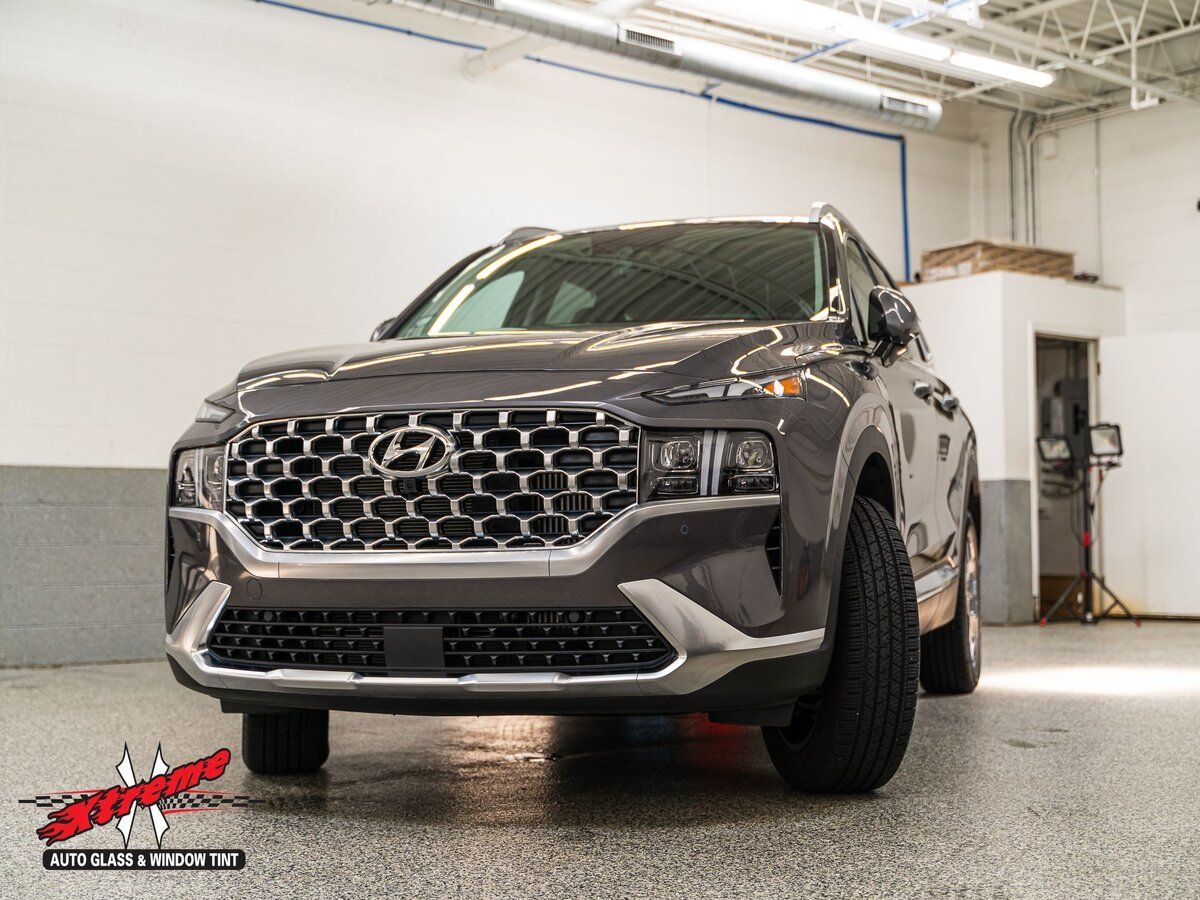
When faced with an old car sporting a worn-out ceramic coating, there are several strategies you can employ to maintain protection and enhance longevity. While a full reapplication of the ceramic coating might be the best course of action in some cases, it is not always necessary or practical. So, what protection strategies can you consider for old ceramic coatings?
- Apply a ceramic coating booster or maintenance spray regularly. These products contain similar protective properties as a full ceramic coating but are formulated to enhance and rejuvenate existing coatings. By using these boosters, you can restore some of the hydrophobicity and protection that may have worn off over time.
- Investing in high-quality sealants or waxes can add an additional layer of protection to your old ceramic coating. Sealants and waxes act as sacrificial layers, shielding the ceramic coating from harsh environmental elements and contaminants. Regular application of these products can help extend the life of your existing ceramic coating.
- Implementing strict maintenance practices is essential. Regularly washing your car with pH-neutral or gentle automotive soaps will prevent dirt, grime, and other pollutants from adhering to the surface and potentially causing further damage. Moreover, avoiding automated car washes that utilize harsh chemicals or abrasive brushes will also help preserve the integrity of the coating.
- Consider seeking professional assistance from experienced detailers who specialize in ceramic coatings. They can offer specialized restoration treatments tailored to revitalize old coatings, providing an extra layer of protection and restoring their original shine.
Remember, every situation is unique, and what works for one car may not be suitable for another. Assessing the condition of your old ceramic coating and considering combinations of these protection strategies will enable you to make an informed decision regarding the best approach for your specific circumstances.
Regular maintenance and cleaning
Maintaining and cleaning your ceramic coating is essential to keeping it in optimal condition and prolonging its lifespan. Routine maintenance not only helps preserve the protective qualities of the coating but also ensures that your car maintains its glossy appearance. Here are some important aspects to consider when it comes to the regular maintenance and cleaning of ceramic coatings:
- Hand Washing: When cleaning your car, it is recommended to hand wash it rather than take it through an automated car wash. The harsh brushes and chemicals used in automated car washes can potentially damage or degrade the ceramic coating. Use a pH-neutral car shampoo, a soft microfiber wash mitt, and plenty of clean water to gently cleanse your vehicle.
- Avoid Harsh Chemicals: Avoid using harsh cleaners or degreasers that contain acidic or alkali substances. These chemicals can break down the protective properties of the ceramic coating over time. Stick to gentle, pH-neutral cleaners specifically formulated for automotive use.
- Microfiber Towels: When drying your car after washing, use high-quality microfiber towels instead of traditional cotton towels. Microfiber towels are lint-free and minimize the risk of scratching or marring the surface of the ceramic coating. Gently blot and pat dry instead of rubbing vigorously.
Protection Against Environmental Damage
A ceramic coating offers excellent protection against various environmental factors that can harm your vehicle's paintwork. From UV rays to chemical contaminants and oxidation, here's how a ceramic coating safeguards your car:
- UV Ray Protection: One of the primary benefits of a ceramic coating is its ability to resist harmful ultraviolet (UV) rays from the sun. These rays can cause paint to fade and deteriorate, leading to a dull and lackluster appearance over time. The ceramic coating acts as a barrier, reflecting UV rays away from the paint surface and preventing damage.
- Chemical Resistance: Your car faces numerous environmental hazards such as acid rain, bird droppings, tree sap, and insect residues. These substances can be highly corrosive and eat through your car's clear coat if left untreated. A ceramic coating provides chemical resistance, forming a sacrificial layer that shields the paint against these contaminants, making them easier to remove.
- Oxidation Protection: Oxidation occurs when oxygen molecules react with the paint surface, resulting in dullness and discoloration. Ceramic coatings have anti-oxidation properties, preventing oxygen from penetrating the paintwork and reducing the chances of oxidation damage.
With protection against environmental damage being one of the key benefits of a ceramic coating, it's important to understand how this protective shield may need replacing over time.
The Replacement Process for Ceramic Coatings
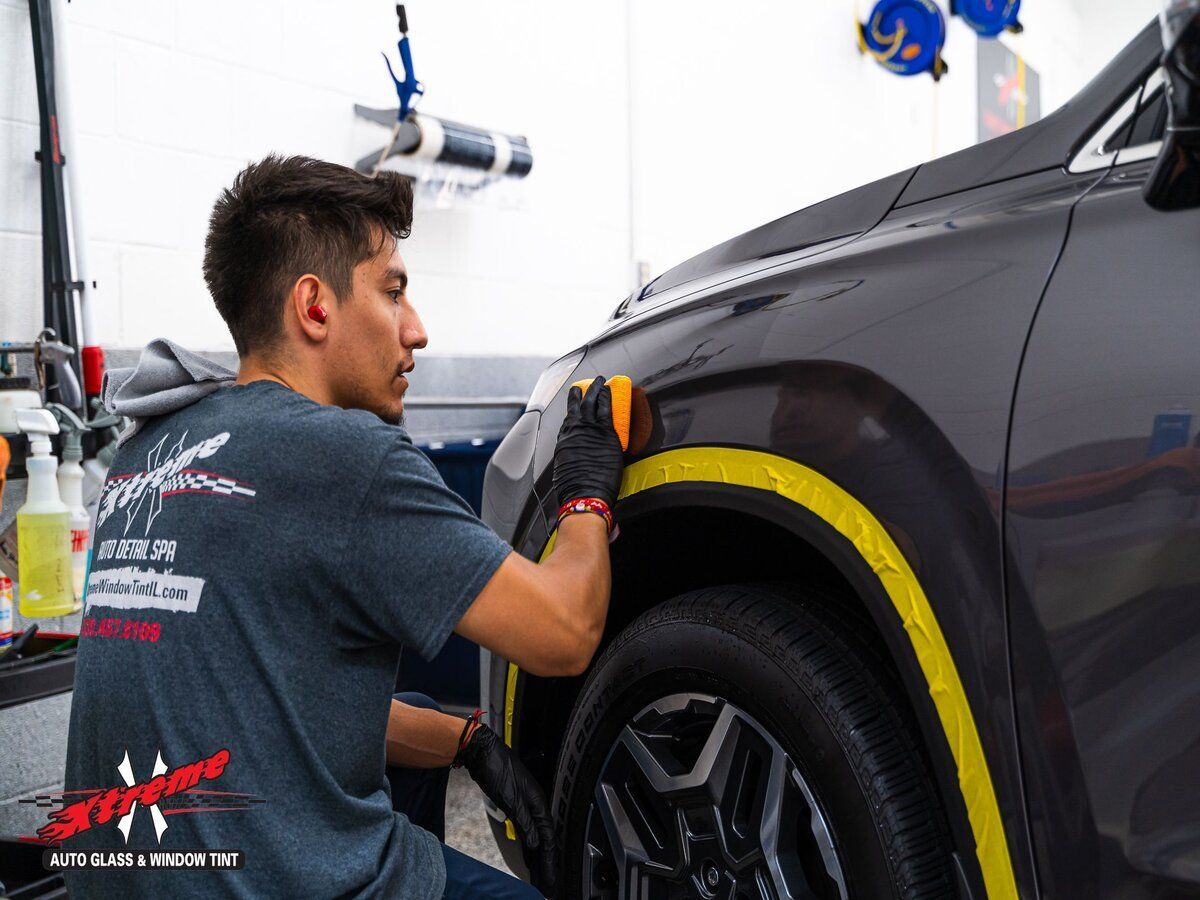
Over time, the protective qualities of ceramic coatings may weaken due to exposure to environmental factors, improper maintenance, or simply the passage of time. When this occurs, it becomes necessary to consider replacing the ceramic coating on your car. The process of replacing a ceramic coating involves several steps to ensure proper adhesion and longevity of the new coating. Here's a detailed breakdown of what you can expect during the replacement process:
- Surface preparation: Before applying a new ceramic coating, the existing coating must be removed completely. This usually involves using specialized chemicals or polishes to strip away the old coating. It is essential to thoroughly clean and decontaminate the surface to achieve optimal results.
- Paint Correction: Once the old coating is removed, any imperfections or swirl marks on the paintwork should be addressed through paint correction techniques. This includes polishing and refining the paint surface to remove any blemishes and restore a smooth finish.
- Decontamination: After paint correction, it's crucial to decontaminate the surface by removing any remaining dirt, tar, or iron particles that can hinder the proper adhesion of the new ceramic coating. Clay bar treatments or iron fallout removers are commonly used for this purpose.
- Application: With a clean and prepared surface, the new ceramic coating can be applied. Applying a quality ceramic coating requires attention to detail and careful technique. It is often recommended to seek professional assistance for the best results, as they have the expertise and equipment to ensure even coverage and maximum durability.
- Curing and Protection: After application, the ceramic coating needs time to cure properly before exposing it to water or other contaminants. This curing period typically ranges from 24 to 48 hours, depending on the specific product used. It's important during this time to avoid washing or touching the coated surface.
By following these steps, you can effectively replace your old ceramic coating and ensure optimal protection for your car's paintwork. Regular maintenance and proper care will help prolong the life of the new coating, keeping your vehicle looking glossy and protected for years to come.
Contact Xtreme Auto Glass & Window Tint for ceramic coating services.
Elevate your car's protection and appearance with
System X Ceramic Coatings, exclusively at Xtreme Auto Glass & Window Tint. Our expertise in Addison, Illinois, ensures a perfect fit for your unique vehicle. Experience the versatility and superior performance of System X. Book your ceramic coating service today and give your car the ultimate protection it deserves!

